Plastic has been the staple of our manufacturing industry over the last 60 years. It was made to last … and it did… to the point that it’s now everywhere on the planet, even in our bodies. We’ve been struggling to find a greener alternative to this pollution threat. But what if I told you that the solution to the plastic crisis could be rooted in something green and simple like seaweed? Could seaweed be the plastic of the future? Let’s see if we can come to a decision on this.
You may have noticed that I have a little bit of a plastic obsession. I’ve talked about other plastic alternatives like mycelium fungus and algae, as well as our plastic recycling problem. This isn’t something we can wish-cycle our way out of, so we need to find ways to deal with our collective plastic obsession.
Our consumerist society has been built upon durable plastic pillars. Yet, those pillars are gradually sinking into a liquid foundation (a.k.a. the ocean). However, the Great Pacific Garbage Patch (GPGP) is not the only place to look for plastic.1 Crazy as it sounds, tiny shreds of microplastics2 were found on top of Mount Everest, the highest peak on Earth3 as well as the Mariana Trench, the deepest spot in the ocean.4
If that doesn’t sound worrying enough, last March scientists found them in human blood for the first time.5 I don’t know about you but this makes my blood run cold. As those tiny plastic particles travel through our veins, scientists wonder whether they could reach vital organs and affect their functioning.
As we wait to find out the potentially alarming answer to that question, you may have another one: aren’t we recycling plastic? As I walked through in a previous video6, the answer is kind of complicated since it depends on the type of plastic you’re talking about. Unfortunately, recycling most of the plastic we produce is not profitable enough. Not even for China, who broke the worthless plastic recycling cycle for good in 2018.
So, what do we do? One option is to feed plastic to microbes. Researchers have been putting on their chefs hats to create a plastic buffet, but how does that work? Well, they’ve found a bacteria that loves feasting on polyethylene terephthalate (PET). They can easily break it down into its building blocks, which are terephthalate (TPA) and ethylene glycol (EG). Yet, for this process to make sense, the broken down materials need to have a worthwhile application. While EG has been used as car antifreeze for years, TPA had been useless … until a couple of months ago. That’s when scientists found a recipe for a TPA-greedy enzyme that breaks down the TPA.7 8
All of this enzyme research is slowly leading to commercialization. The French company Carbios is scaling up its enzymatic PET recycling process.9 After demonstrating their innovation on a pilot scale, last February Carbios forged a partnership with Indorama Ventures to build the world’s first industrial-scale PET bio-recycling plant. Their enzymes will eat up the equivalent of 2 billion PET bottles per year. They claim their technology can upcycle PET components into high-quality 100% recyclable new PET products over and over again.10 I’m not sure about the enzymes, but that sounds like a healthier diet for the planet than we’re currently giving it.
Aside from plastic-eating microorganisms, there are other ready-to-eat alternatives, like fungus. I did a deep dive into fungus a while back … that didn’t sound right. I swear I didn’t take any magic mushrooms. I made a video on mycelium as a plastic alternative.11 Ecovative has been turning fungi into cheaper, greener, and perhaps…tastier…foams than polystyrene-based ones since 2006.12 A lot like this brick. With a 12% lower energy consumption and 90% smaller carbon footprint, their production has mushroomed over time. That’s where another plastic-free feedback comes into play … seaweed.
Seaweed start-ups are blooming
There’s two major reasons why seaweed could be a good candidate to supplant plastic. First, its sourcing is more sustainable. When you compare it to terrestrial plants, seaweed grows 10x faster, consumes less water and takes up less than 10% of the land those crops need.13 14 Also, converting land-based plants into plastic-free utensils will bite into our food production. Instead, seaweed won’t pose any food security risk. Aside from the sustainability standpoint, there’s a practical aspect to consider. Seaweed contains an oily substance fraction that could work just like the petroleum-derived one. There’s a bunch of startups that have recognized seaweed’s potential and are now trying to surf its slimy wave.15
After raising $1.3 million last September16, ULUU has begun converting seaweed into biopolymers. To be more specific, polyhydroxyalkanoates (PHAs)…say that five times fast. Funny names aside, the Australian start-up claims that their materials are as strong as plastic while being biodegradable even in the darkest and coldest spots of the ocean.17 Studies have shown that under standard conditions PHAs fully break down in about 2 months,18 which is a significant advancement compared to traditional plastic that hangs around for centuries in the worst case scenario. Backed by the Commonwealth Scientific and Industrial Research Organization (CSIRO),19 ULUU is collecting seaweed from a farm in Indonesia. Once in their lab, the harvested seaweed is first whittled down into its biobricks, including sugars, which are then extracted and chucked into a microbes-filled tank to ferment. Making PHAs out of seaweed-derived sugars would be more eco-friendly than relying on corn-based glucose, which is the typical feedstock you would use, because corn is water-intensive to grow and takes up a lot of land.20 21. In contrast, ULUU just needs seawater and microbes. Plus, their material would be carbon negative as seaweed absorbs CO2 while it grows in the ocean. PHAs could be used for different packaging materials such as films, boxes, or foams.22 Good news is we may see the ULUU product pretty soon as the start-up is launching their first pilot plant in 2023.
While ULUU seaweed-based products have just climbed on the surfboard, Notpla’s is already on the crest of the wave. In 2019, the UK-based start-up supplied edible seaweed pouches filled with an energy drink for the London marathon. Quenching the thirst of over 40,000 runners, their Ooho capsules prevented 200,000 single-use plastic bottles23 from flooding a landfill, but it’s not just about water. You could squeeze a smorgasbord of other liquids in their sachets. Cocktails, ketchup, salad dressing, you name it. Imagine this in place of those tiny little ketchup packets you see in fast food restaurants everywhere. Notpla is trying to make packaging disappear … literally.24 What’s their secret sauce? Their team of scientists designed a special machine that mixes brown seaweed with other plants and churns out tasty membranes. As tasty as a membrane sounds to eat, you don’t have to … but you could. They’ll vanish in your backyard composter or anywhere else in less than 6 weeks. Aside from pouches, Notpla also came up with a plastic-free liner for takeaway boxes. This ticked all the boxes for Just Eat, who tested, and perhaps tasted too, 30,000 biodegrade to-go food containers across the UK in 2021 alone.25 Thanks to the $13.5 million raised by Notpla in December 2021,26 their boxes will deliver food to people in other European countries as well.27
When it comes to disposable plastic bags, Sway leads the way. In 2021, the California start-up won the Beyond the Bag Challenge and scooped up $2.5 million to scale up the production of their seaweed-based bags.28 Sway makes climate-friendly bags out of a specific type of macroalgae called kelp. This giant seaweed is mostly found in the deep sea. Being away from the shore, these underground forests are less likely to be disturbed, which means storing CO2 for a longer time. They can actually capture 20x more carbon than trees.29 Aside from being carbon-negative, Sway material would be easily scalable as it can fit into the well-established plastic supply chain.30 In collaboration with the Compost Manufacturing Alliance, the biotech company is designing their bags to be home-compostable. A lot of those compostable bags, like sandwich bags, that you can buy today are only compostable through industrial processes, not at home in your backyard. On top of that, Sway sources its kelp only from farms that meet the Aquaculture Stewardship Council standards. In other words, their harvest will not damage the ocean and its biodiversity. Currently developing pilots with different retailers, the start-up is aiming to ramp up their throughput by July 2022.
Along with bags, straws have been the main targets of plastic bans over the last few years. Unlike soggy paper alternatives, Loliware came up with an ex…straw…dinary product. A Blue Carbon Straw.31 Inspired by the ocean’s stored carbon, a.k.a. blue carbon, they developed their SEA Technology™ to swap plastic with seaweed. They grind down their ocean-farmed seaweed and mix it with colorful minerals and shell powder. They then pass this vegan soup through an extruder to obtain a plastic-free pellet. Their pellets can then be molded into the final straw through standard machinery used for plastic manufacturing. Just like with Sway, this drives down the cost of their final output by tapping into existing infrastructure. Yet, their price is still slightly higher than that of plastic straws.32 In 2020, with the aim of by-passing China competition, the start-up partnered with the American manufacturer Sinclair and Rush to scale up the first US-based production of seaweed straws.33 Besides being made of 100% bio-based FDA-approved materials, their straws will break down in a home composter.
What’s stemming the tide of seaweed?
Clearly, seaweed seems to be a promising material to ditch plastic for good. However, we should bear in mind that algae-based products are just seedlings compared to the mature plastic benchmark, whose manufacture has been optimized over the last 6 decades. Because it’s still a niche sector, seaweed packaging is still more expensive than its plastic counterpart.34 According to the Coherent Market Insights, you could spend up to $3,600 to make one ton of edible film.35 This high production cost could hamper the growth of Notpla packaging and the likes within the next 6 years. Nevertheless, according to some experts, seaweed packaging price will drop as more companies bring it to the market.36 Apart from convenience, algae-based packaging may not match the outstanding plastic strength and durability. Take Notpla’s edible capsules, for instance. While being very handy, those sachets may easily burst when shipped around. Fuelled by plastic bans, the market for seaweed-based packaging is expected to bloom at a rate of 16% over the next 5 years.37 Yet, this won’t likely be enough for seaweed alone to satisfy our hunger for sustainable packaging. This is linked to the current limitations and costs of seaweed farming. As it stands, most of the world’s algae production comes from labor-intensive farms located in Asia’s shallow coastal waters.38 39 Labor accounts for 50% of the total production.40 Unfortunately, because of the low level of mechanization and lacking infrastructure, expanding algae cultivation to offshore locations is still not cost-efficient compared to land-based agriculture.41 An economic feasibility study conducted in 2016 concluded that revenues from seaweed production in the North Sea should increase by 300% to make cultivation profitable.42 Bureaucracy is not helping either. For example, you may struggle to get a permit for a seaweed farm in the US. That’s mostly because you’re dealing with public waters, where you compete with the military, shipping companies, and recreational activities.43 44
Funny enough, we may solve the ocean’s plastic pollution by tapping into an ocean renewable source. Thanks to recent investments, a tsunami of start-ups have been floating exciting seaweed-based packaging ideas. Nevertheless, we’ll need to upgrade our algae farming technology to sustainably keep up with the global demand for eco-friendly packaging. In the meantime, we could integrate our plastic-free diet with other organic materials like mushrooms and corn. I don’t think we’re going to see one solution to fix our plastic problem, but an assortment of ideas and products that could ween us off of our plastic addiction.
- “The Great Pacific Garbage Patch • The Ocean Cleanup.” ↩
- “Microplastics | National Geographic Society.” ↩
- “Even Mount Everest, the World’s Tallest Peak, Can’t Escape ….” ↩
- “Even the Deepest Parts of the Ocean Are Polluted With Startling Amounts of Plastic” ↩
- “Microplastics found in human blood for first time – The Guardian.” ↩
- “The Truth About Plastic Recycling … It’s Complicated. ↩
- “New Enzyme Discovery Could Help Handle Plastic Pollution Crisis.” ↩
- “Researchers around the world are using a plastic eating enzyme to ….”. ↩
- “Carbios and Indorama to build first-of-its-kind enzymatic recycling ….” ↩
- “Enzymatic recycling – Carbios.” ↩
- “Is Fungus the Plastic of the Future? – Undecided with Matt Ferrell.” ↩
- “The Groundbreaking Mycelium Growth Behind Ecovative Design.” ↩
- “See How Algae Could Change Our World – Forbes.” ↩
- “Alga – an overview | ScienceDirect Topics.” ↩
- “Why seaweed is a natural fit for replacing certain plastics – Popular ….” ↩
- “Aussie start-up ULUU raises A$1.3M to replace plastic with a ….” ↩
- “Aussie start-up ULUU raises A$1.3M to replace plastic with a novel ….” ↩
- “Waste to bioplastics: How close are we to sustainable ….” ↩
- “Could seaweed replace plastic? – ecos – csiro.” ↩
- “Water in Agriculture: Improving Corn Production Practices to ….” ↩
- “Environmental Impacts of Three Polyhydroxyalkanoate (PHA ….” ↩
- “Polyhydroxyalkanoates – an overview | ScienceDirect Topics.” ↩
- “London Marathon Runners Were Handed Seaweed Pouches ….” ↩
- “Notpla: We make packaging disappear.” ↩
- “Can seaweed help solve the world’s plastic crisis? – CNN Style.” ↩
- “Notpla scores US$13M for seaweed-based edible packaging ….” ↩
- “Notpla and Just Eat Takeaway Give Takeout Customers A Better ….” ↩
- “Seaweed-Based Sway Is A Way For Single-Use Plastic To Disappear.” ↩
- “How Kelp Naturally Combats Global Climate Change.” ↩
- “Process – Sway.” ↩
- “Straw – Loliware.” ↩
- “Loliware: straws from seaweed, founded by Hawaiian – CNBC.” ↩
- “LOLIWARE® Introduces First-Of-Its-Kind Seaweed Pellet ….” ↩
- “How Feasible Is Using Seaweed As Packaging? – PKG Brand Design.” ↩
- “Edible Packaging Market Size, Trends And Forecast To 2028.” ↩
- “Packaging Report: Exploring New Materials – Store Brands.” ↩
- “Global Seaweed Based Packaging Market – Industry Trends and ….” ↩
- “Is the answer to land-based agriculture found in the ocean? – World ….” ↩
- “Farmed Seaweed | Industries | WWF – World Wildlife Fund.” ↩
- “social and economic dimensions of seaweed farming: a global review.” ↩
- “Seaweed Farming – an overview | ScienceDirect Topics.” ↩
- “The economic feasibility of seaweed production in the North Sea.” ↩
- “Seaweed Farming Has Vast Potential (But Good Luck Getting a ….” ↩
- “Opportunities, challenges and future directions of open-water ….” ↩



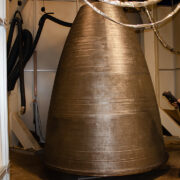

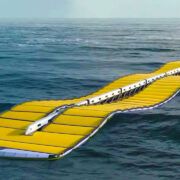


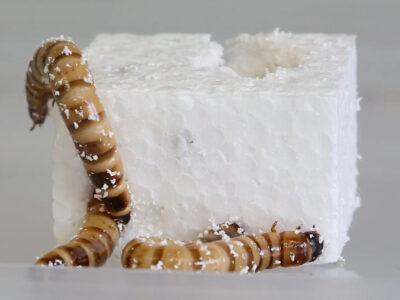
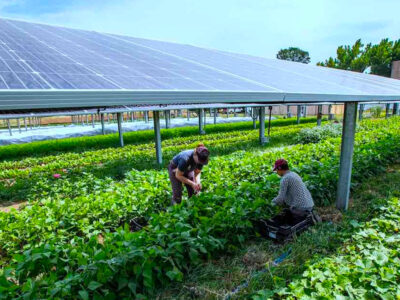



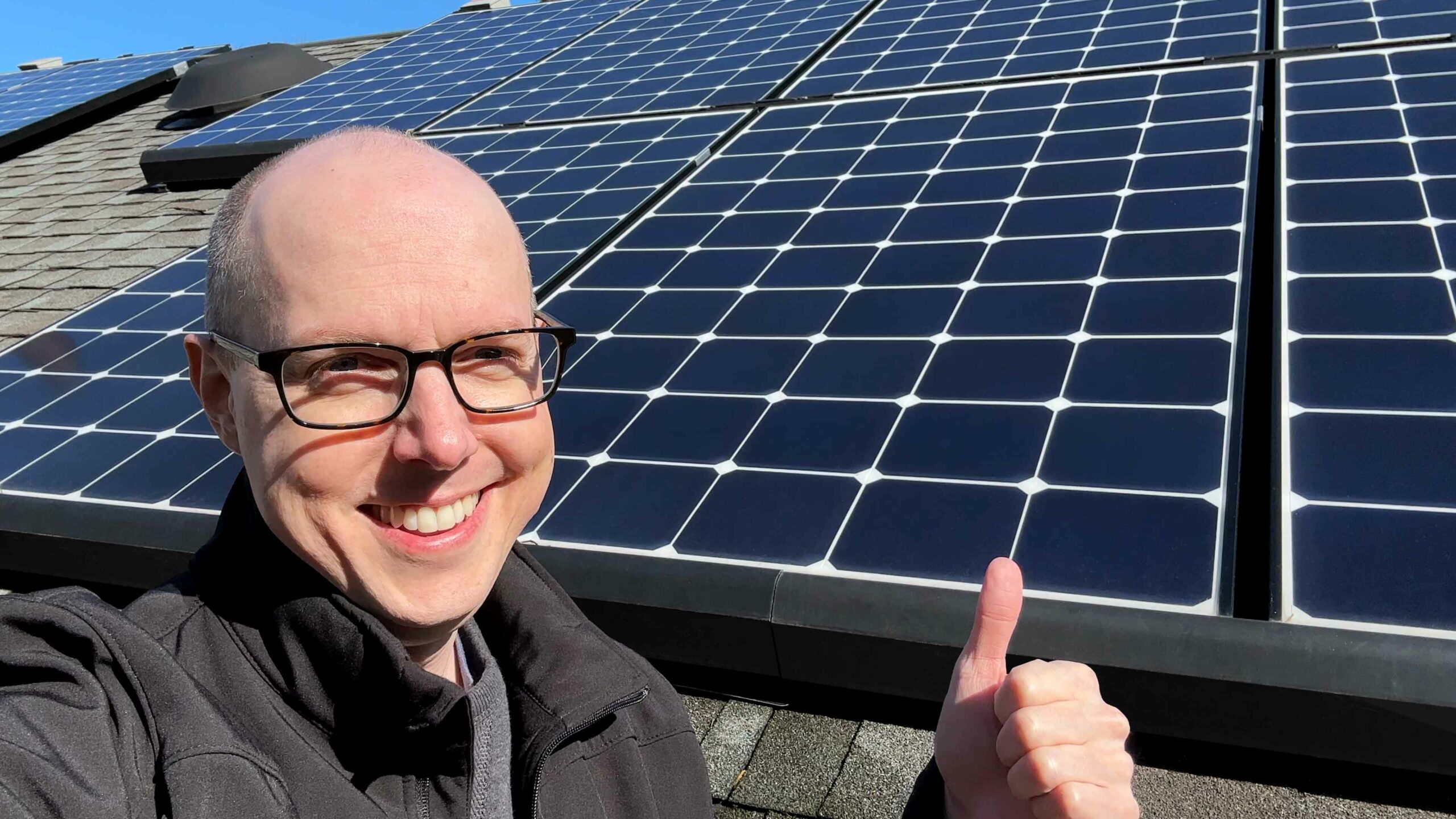

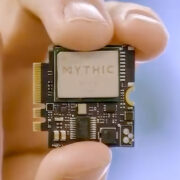


Comments